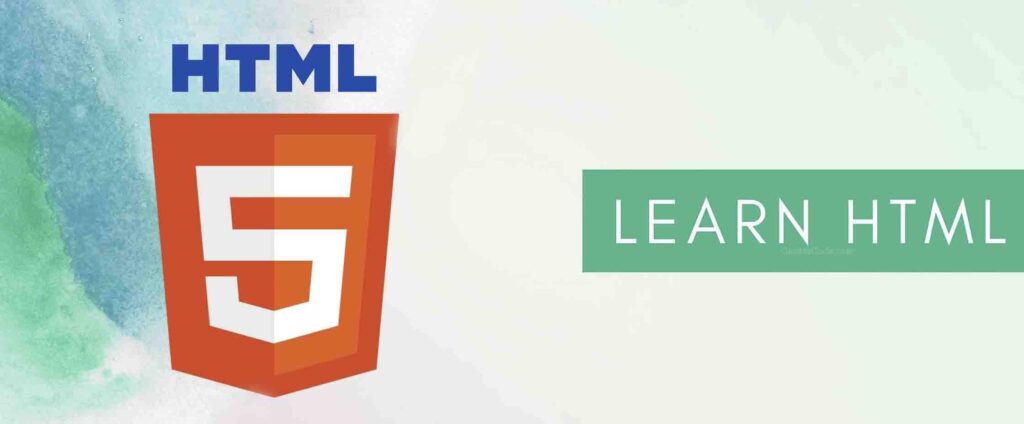Hyper Text Markup Language, or HTML, is the most popular language for creating web pages. Although Berners-Lee invented HTML in late 1991, “HTML 2.0″—the first standard HTML specification—was not released until 1995. A significant HTML version, HTML 4.01, was released in late 1999. Although HTML 4.01 is still widely used, an extension to HTML 4.01 called HTML-5, which was released in 2012, is now available.
Reasons to Learn HTML
Hyper Text Markup Language, or HTML, is the most popular language for creating web pages. Although Berners-Lee invented HTML in late 1991, “HTML 2.0″—the first standard HTML specification—was not released until 1995. A significant HTML version, HTML 4.01, was released in late 1999. Although HTML 4.01 is still widely used, an extension to HTML 4.01 called HTML-5, which was released in 2012, is now available.

HTML was initially created with the goal of specifying the structure of documents, such as headings, paragraphs, lists, and other elements, to make it easier for academics to share scientific data. With the help of the various tags offered by HTML, online pages are now frequently formatted using this language.
Students and working professionals who want to become exceptional software engineers, especially those in the web development field, MUST learn HTML. I’ll highlight a few of the main benefits of understanding HTML:
- Design a website – If you are proficient in HTML, you can create a website or modify an existing web template.
- Become a web designer – HTML and CSS design are essential skills if you wish to launch a career as a professional web designer.
- Understanding the web – It is important for getting the best results if you want to optimize your website to increase its speed and functionality.
- Learn other languages – Once you comprehend the fundamentals of HTML, understanding other related technologies such as JavaScript, PHP, or angular is made simpler.
History of HTML
A system for CERN researchers to use and share papers, ENQUIRE, was designed, and prototyped in 1980 by physicist Tim Berners-Lee, a contractor at CERN. Berners-Lee suggested an Internet-based hypertext system in a memo he sent in 1989. In late 1990, Berners-Lee defined HTML and created the browser and server software. Robert Cailliau, a data systems engineer at CERN, and Berners-Lee worked together on a combined funding request that year, although CERN did not formally accept the initiative. He mentioned “some of the various places in which hypertext is used” in his 1990 diary, placing an encyclopedia at the top.
When a document is a hypertext, it has links that the reader can use to navigate to different sections or entirely different documents. The most recent version is called HTML5.
Computers communicate with one another using markup languages to manage how text is processed and displayed. Tags and attributes are two tools HTML uses to accomplish this.
Using HTML, say “Hello GeektoCode”
I’m going to give you a small traditional HTML Hello GeektoCode program to just get you a little excited about HTML.
<!DOCTYPE html>
<html>
<head>
<title>This is document title</title>
</head>
<body>
<h1>This is a heading</h1>
<p>Hello GeektoCode!</p>
</body>
</html>
OUTPUT
This is a heading
Hello GeektoCode!
HTML’s Applications
HTML is one of the languages that is used the most on the internet, as was previously mentioned. An overview of a few of them is provided below:
- HTML is used in the development of web pages that are displayed online. HTML tags are almost always used on web pages to display their details in browsers.
- Internet Navigation – HTML offers tags that are used to move between pages, and is a major component of internet navigation.
- Because of the responsive design approach, HTML pages today work well on all platforms, including mobile, tablets, desktops, and laptops.
- offline assistance Once loaded, HTML pages can be accessed locally on the machine without an internet connection.
- HTML5 now has native support for rich experiences, making it useful in the game development industry.


